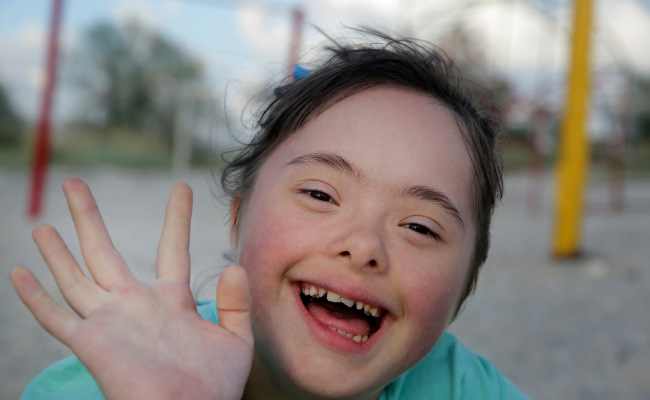How to Treat Guillain Barre Syndrome?
- October 11, 2023
- No Comments
What is Guillain-Barré Syndrome?
Guillain-Barré Syndrome (GBS) is a rare neurological disorder affecting individuals of all ages and backgrounds, marked by the immune system's misguided assault on peripheral nerves. This condition, named after the scientists who initially delineated it in 1916, manifests swiftly and may result in muscle weakness, numbness, and, in more severe instances, paralysis. The disorder is characterized by the abrupt onset of symptoms, such as numbness and muscle weakness, as a consequence of the immune system's erratic response, targeting the peripheral nerves.
Why Does Guillain-Barré Syndrome Occur?
The exact cause of Guillain-Barré Syndrome is not fully understood, but it is often preceded by an infection, particularly respiratory or gastrointestinal infections. The immune response triggered by the infection can mistakenly target the myelin sheath—a protective covering of nerves—or the nerves themselves, leading to the symptoms of GBS. While infections are a common precursor, the syndrome can also be associated with other triggers, including vaccinations and surgery.
How is Guillain-Barré Syndrome Diagnosed?
Diagnosing Guillain-Barré Syndrome involves a combination of clinical assessments, medical history reviews, and diagnostic tests. A physician will typically conduct a thorough neurological examination to evaluate muscle strength, reflexes, and coordination. Additionally, nerve conduction studies and lumbar punctures may be performed to analyze cerebrospinal fluid. Electromyography (EMG) is another diagnostic tool that assesses the electrical activity of muscles and nerves.
Treatment Solutions for Guillain-Barré Syndrome
Medical Interventions:
- Intravenous Immunoglobulin (IVIG): One of the primary treatments for Guillain-Barré Syndrome involves the administration of high-dose immunoglobulin through intravenous infusions. Immunoglobulins are proteins that help modulate the immune response and reduce inflammation, potentially limiting the damage to nerves.
- Plasma Exchange (Plasmapheresis): This procedure involves removing blood from the patient, separating plasma (which contains the harmful antibodies attacking the nerves), and then returning the blood cells to the body. Plasma exchange aims to eliminate the harmful antibodies and reduce inflammation.
Supportive Care:
- Respiratory Support: As muscle weakness can affect the respiratory system, patients may require ventilatory support, ranging from non-invasive methods like BiPAP (Bilevel Positive Airway Pressure) to mechanical ventilation in severe cases.
- Physical Therapy: Rehabilitation is a crucial aspect of Guillain-Barré Syndrome treatment. Physical therapy helps patients regain strength, improve mobility, and prevent complications related to immobility.
- Pain Management: GBS can cause significant pain and discomfort. Pain relievers and other medications may be prescribed to manage pain and improve the overall quality of life for patients.
Monitoring and Complication Prevention:
- Regular Medical Monitoring: Patients with Guillain-Barré Syndrome require close medical monitoring to assess the progression of symptoms and adjust treatment accordingly. Monitoring also helps identify and address potential complications promptly.
- Deep Vein Thrombosis (DVT) Prevention: Due to decreased mobility, patients are at an increased risk of developing blood clots. Measures such as compression stockings and anticoagulant medications may be recommended to prevent deep vein thrombosis.
Benefits of Treatment for Guillain-Barré Syndrome
- Faster Recovery: Early and appropriate treatment can contribute to a faster and more complete recovery from Guillain-Barré Syndrome. Prompt interventions such as IVIG or plasmapheresis aim to halt the progression of the disease and reduce the severity of symptoms.
- Reduced Complications: Timely medical interventions and supportive care help in minimizing complications associated with Guillain-Barré Syndrome. Respiratory support, physical therapy, and pain management strategies contribute to a better overall prognosis.
- Improved Quality of Life: Rehabilitation and supportive therapies not only aid in physical recovery but also enhance the patient's overall quality of life. Physical therapy helps regain independence and functionality, allowing individuals to resume daily activities.
- Prevention of Recurrence: While Guillain-Barré Syndrome is often a one-time occurrence, treatment can help manage the immune response and reduce the likelihood of a recurrence. Close medical monitoring post-treatment is essential to address any emerging symptoms promptly.









Comments (0)
No comments yet